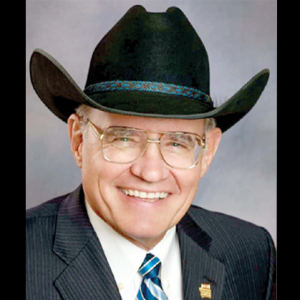By Evelyn Pyburn
“We have it in our power to begin the world over again.” – Thomas Paine
Such is the case for Montana with the Republicans having gained control of the governorship and both legislative houses. The situation poses a rare opportunity to set Montana on a strong economic foundation.
We know how to do it! And now, with the Party that is supposed to be the Party of sound fiscal policies in full charge — there should be no excuses – no barriers to begin the state’s economy over again.
It’s not as though there are no ideas about what works and what doesn’t. What makes for a good economic environment and for sound government has been studied to death over many decades and in 50 different laboratories, usually with much the same results.
Every year for 14 years, the American Legislative Exchange Council has issued the Rich States Poor States study of the economies of all the states. In great detail it identifies the policies and strategies that work in creating an environment in which business can thrive and governments can function soundly.
Is there any reason we shouldn’t be on top of this?
Of course there is. Not all of the leaders really meant it when they advocated for fiscal restraint and economic freedom. And, there are those who hold other ambitions, so their priority is to get along with the opposition more than solve problems. And, then as one pessimistic friend described, it is in the nature of Republicans to form a circle and just start shooting.
And there’s more. Some observers have explained that to solve problems is not the goal for many politicians of either political party. They are in lock step, while appearing to be on opposite sides, wrangling over familiar issues, in campaign after campaign. Their thinking is why solve problems that are guaranteed to successfully fund raise and garner votes, for the Right and the Left? Why do the hard work and take the slings and arrows that would surely come if they were to really try to solve the problem? Hence we have decades and decades of what seems to be unsolvable problems.
We all know of what I speak. There are all kinds of issues to which over the decades Republicans have given a lot of lip service during campaigns, only to become mysteriously silent once elected. They are the promises we were commonly told were too difficult to get accomplished, or too complicated for us to understand. They are the changes that couldn’t happen, we were told, because they lacked the political power to get them passed.
It was essentially this non-performance that got Donald Trump elected president.
The most amazing, salient factor about President Trump is that he got it done! He demonstrated with almost the speed of light and with what appeared as astounding ease the nonsense of all the excuses.
From Day One, in the cancelling of a hugely over-priced order for a new presidential airplane, to the building of the wall, to neutralizing the saber-rattling of Iran, North Korea and Russia, to bringing peace to the Middle East, to ending terrorist activity, to unleashing the productivity of the American people, increasing for the first time in decades real income growth, regaining our energy independence, reversing the loss of our manufacturing industry, reinstituting Constitutional law. Almost single handedly he was doing all these things that so many had said were impossible. That’s why there were Republicans who stood opposed to Trump, he unmasked the lie of the duplicity of political compromise and the languor of expediency.
Montana has hundreds of issues big and small that should and could be addressed. Take away the political gamesmanship and the road is clear.
If during the next legislative session the Republicans do not act to strengthen our civil liberties, encourage economic freedom, curb the oppressive regulation of our industry, businesses and entrepreneurs, solve the growing debt of the public employees’ pension fund, unleash educational freedom, eliminate the remnants of business equipment taxes, penalize the promulgators of frivolous lawsuits, and diminish the power and size of our bureaucracy — all those things Republicans have always said they wanted to do are now doable.
Of course, part of the reason many of those things don’t happen is because legislators don’t hear from their constituents. So to all those who voted in this red wave: it’s no time to sit back and wait. Every voter needs to be up front -and -center about the issues – with Republicans and Democrats. Be assured there are many very organized and well-funded lobbying groups, who in your absence will be making their case.



